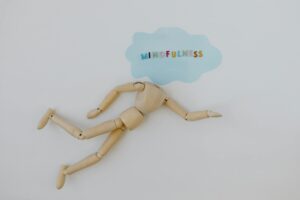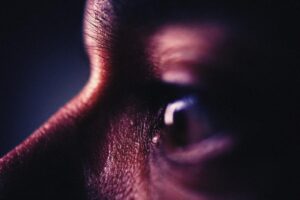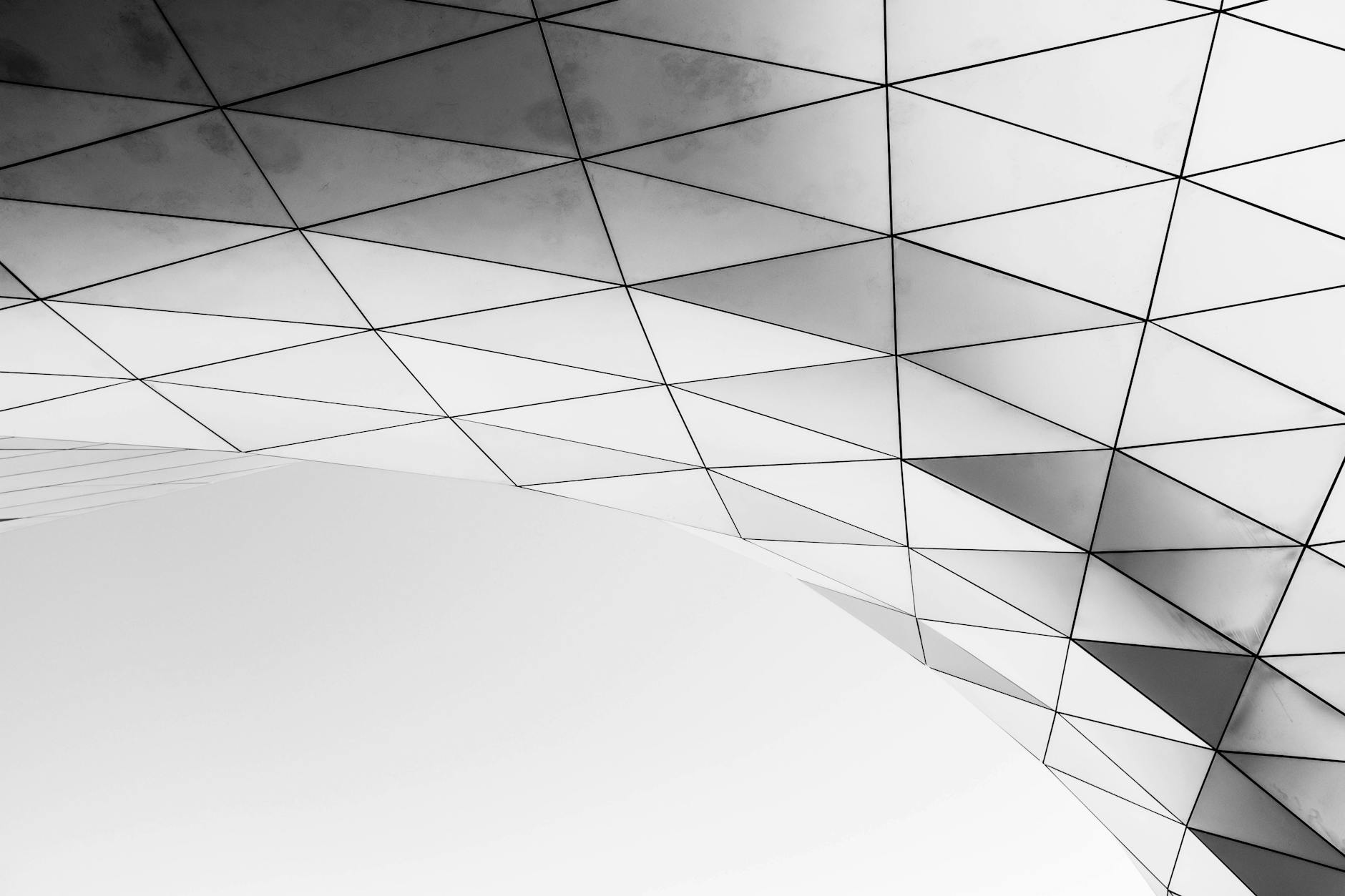The exploration of mind-altering substances such as psychedelics, has been a recurring motif in the human experience. With the dawn of modern technology, our engagement with these substances has shifted substantially, entering new domains like virtual reality, internet, and social media. One interesting aspect that has emerged from this intersection is digital art addiction.
It might be simplified to think of addiction as the compulsive use of a substance or activity- in this case, the use of digital media – that interferes with ordinary life responsibilities. Yet, addiction psychology actually paints a more complex picture, highlighting a continuous spectrum that ranges from healthy enthusiasm to problematic addiction. From digital art appreciation to obsession, the psychological effects and implications are as varied as the digital domains themselves.
The allure of digital art can be partly attributed to its inherent escapism. Often drawing on the vibrancy and surrealism of the psychedelic experience, digital art allows the user to traverse mind-bending landscapes, to explore the vast cosmos or delve into intricately detailed microcosms. This capacity to transport the viewer into realms beyond their ordinary perception has widened the boundary of what is considered art and attracted a dedicated following.
Virtual reality and computer graphics have particularly evolved to embody qualities reminiscent of the psychedelic experience. Much like the altered perceptions induced by psychedelics, digital landscapes can distort space, contort time, and manufacture unprecedented sensory experiences. This psychedelic vivacity can prove captivating, luring the observer into a cyberspace that merges the borders between perception and reality, facilitating a transfixing magnetism often hinted at in cases of digital art addiction.
In the realm of social media, this trend becomes even more pronounced. Designed to lure users back through constant notifications and updates, platforms such as Instagram and Twitter have become ideal venues to showcase digital art. Visual aesthetics of digital art have essentially transformed into viral, highly shareable content, based on the unique qualities of the art form and the addictive designs of these platforms.
The psychological effects can’t be overlooked either. Much like more traditional forms of addiction, digital art enthusiasts can experience a dopamine rush when absorbing visually stimulating content on these platforms. The elusive ‘likes,’ ‘shares,’ and ‘follows’ become a sort of social currency, providing validation in the digital age and fueling a continual quest for more.
While there is an undeniable parallel between the mind-altering effects of psychedelics and the mesmerizing essence of digital art, it is crucial not to diminish the serious implications of addiction. Striking a balance between appreciation for digital art and real-life responsibilities is crucial. There’s an acceptable line between admiration and dependency, and maintaining this boundary is pivotal.
Moreover, individuals must learn to use digital technologies like those that facilitate the creation and appreciation of digital art thoughtfully and responsibly, exhibiting self-control. This could include setting time boundaries on your interaction with digital art, using technological solutions to limit time spent on certain websites or platforms, or finding offline hobbies and interests to counterbalance digital engagement.
In conclusion, the parallel journey of psychedelics and digital art into the modern digital realm is a fascinating cultural phenomenon. While they share overlapping elements like the capacity for visual stimulations and creating altered perceptions, it’s crucial to be cognizant of the potential for addiction. Addiction psychologists emphasize that balance and self-control is essential in this cyberspace journey, just like in any other aspect of life.
Escaping into a digital world can provide temporary relief from reality, but it’s important to remember that addiction, whether to substance or screens, should not be the price to pay for creative freedoms or for the fascination of the visually unexplored. Digital art, just like any other form of art or substance like psychedelics, should be used as a tool for expansion, inspiration, and progress, rather than a means of escape.





